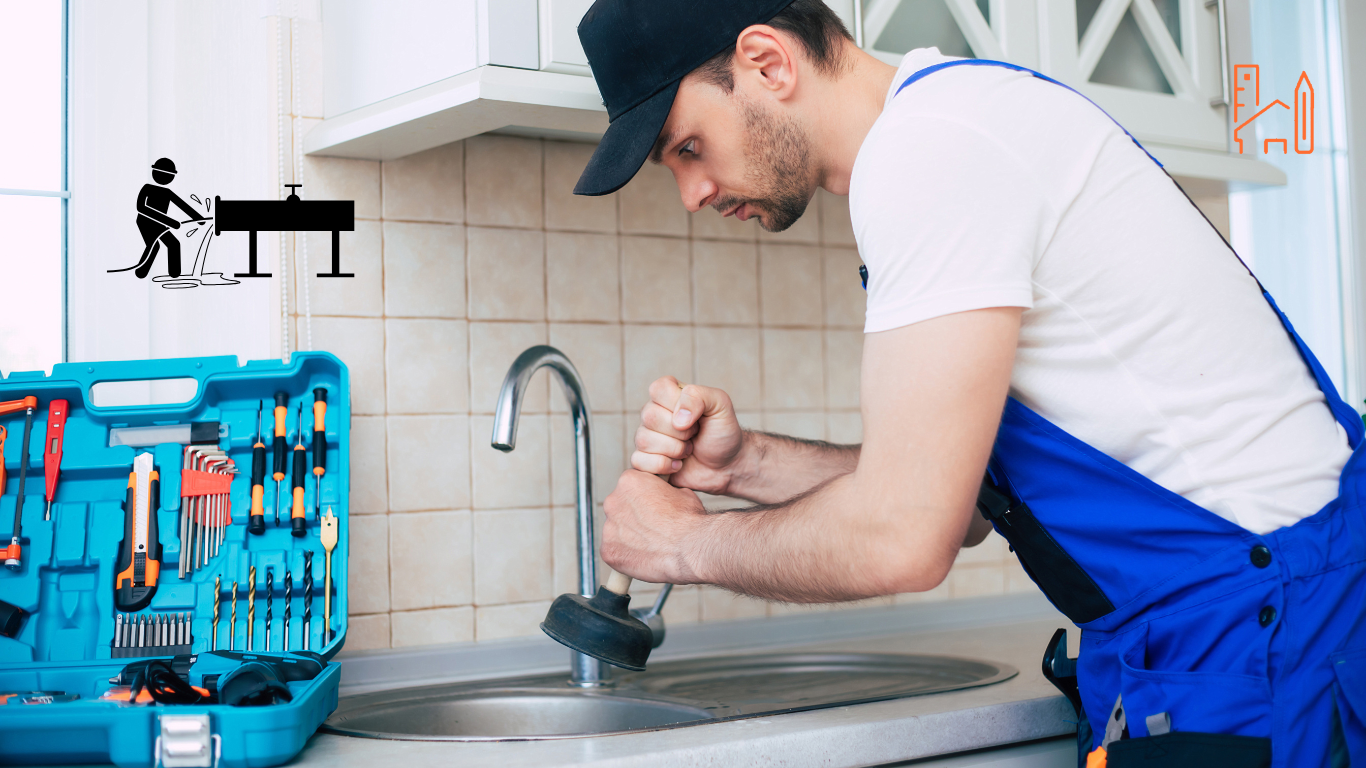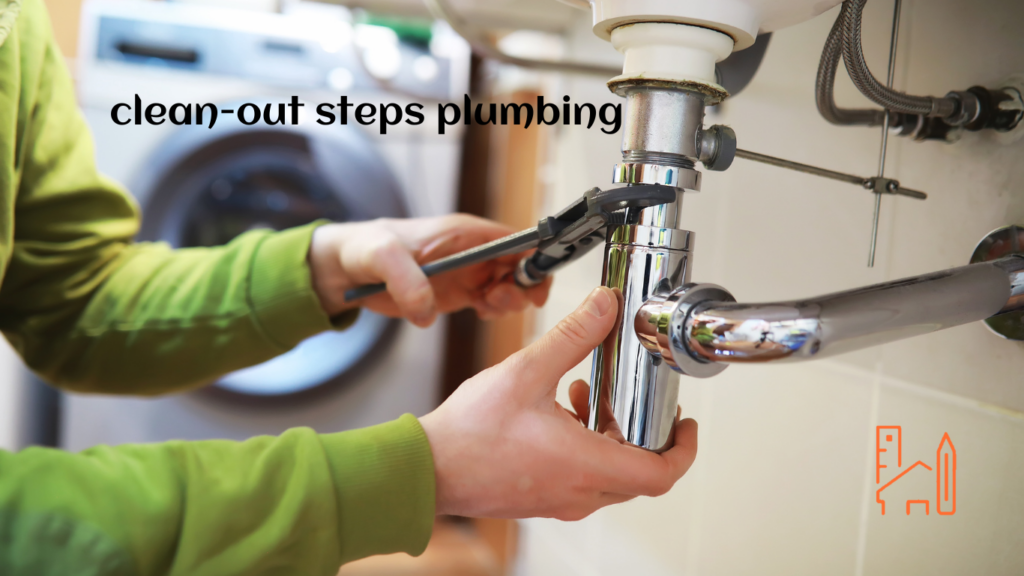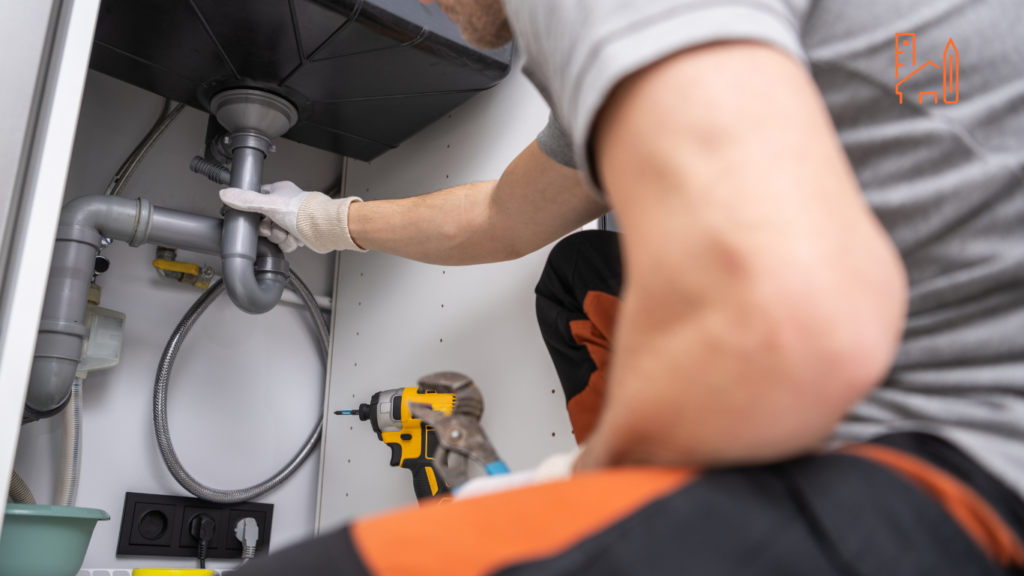Why Regular Plumbing Maintenance Is Essential
Plumbing is the lifeline of any home, ensuring water flows seamlessly to where it’s needed. Yet, it’s often out of sight and, unfortunately, out of mind. Regular plumbing maintenance plays a crucial role in keeping this system functional and efficient. Neglecting it, however, can lead to a cascade of problems that could cost homeowners significant time and money.
When pipes are left unchecked, small issues like minor clogs or slow drains can escalate into major repairs, such as burst pipes or water damage. These problems don’t just disrupt daily life—they can also result in expensive repairs that could’ve been avoided with simple, preventive measures. Regular maintenance ensures that minor issues are caught early, often during routine inspections or through clean-out steps plumbing practices.
The Basics of Clean-Out Plumbing
Clean-out plumbing refers to the process of accessing specific points in your plumbing system to clear blockages, maintain proper flow, and ensure long-term functionality. These clean-out points are typically capped pipes strategically placed within the plumbing system, often near kitchens, bathrooms, or outdoor drains. They act as access points, allowing homeowners or plumbers to address clogs and other plumbing issues directly without dismantling pipes or fixtures.
Why is clean-out plumbing so important? Over time, debris such as grease, soap scum, hair, food particles, and mineral deposits can accumulate within your pipes, restricting water flow and increasing pressure. Left unchecked, these blockages can lead to significant problems like slow drains, unpleasant odors, or even burst pipes. This is where clean-out steps plumbing becomes essential. By accessing the clean-out points and clearing obstructions, you can prevent these issues before they escalate into costly repairs.
Clean-out plumbing also serves as a diagnostic tool. When you suspect a blockage but aren’t sure where it’s located, clean-out points allow you or your plumber to pinpoint the issue quickly. This saves time and eliminates the guesswork, ensuring efficient and targeted solutions.
7 Effective Clean-Out Steps to Maintain Your Plumbing
Common Mistakes to Avoid During Plumbing Clean-Out
Even with the best intentions, homeowners often make mistakes during a plumbing clean-out that can lead to more harm than good. It’s important to follow the proper clean-out steps plumbing to prevent issues. Understanding these common errors and learning how to avoid them is essential for maintaining an efficient plumbing system. Here are some of the most frequent mistakes, often caused by skipping essential clean-out steps plumbing.
- Using Harsh Chemical Cleaners
- Ignoring Early Warning Signs
- Using Improper Tools
- Over-Tightening Clean-Out Caps
- Neglecting Safety Precautions
- Skipping Regular Maintenance
- Not Seeking Professional Help When Needed
Having the right tools and supplies is crucial for effective plumbing maintenance and clean-out steps plumbing tasks. Here’s a list of essential tools every homeowner should have, along with their uses and tips to get the most out of them:
1. Plunger
2. Drain Snake (Auger)
3. Adjustable Wrench
4. Pipe Wrench
5. Plumber’s Tape (Teflon Tape)
6. Bucket and Rags
7. Handheld Drain Cleaner
8. Gloves and Safety Gear
9. Hydro Jet or High-Pressure Hose
10. Flashlight or Inspection Camera
11. Plumbing Sealant
12. Hacksaw
13. Bucket Auger
Tips for Using Plumbing Tools:
- Always read the instructions for any tool before using it.
- Store your tools in a dry, organized space to keep them in good condition.
- Practice basic plumbing maintenance techniques on simpler tasks before tackling more complex problems.
With these tools and supplies, you’ll be well-equipped to handle routine maintenance and unexpected plumbing issues. Investing in quality tools not only makes clean-out steps plumbing easier but also ensures you’re ready to prevent costly repairs in the future.
When to Call a Plumbing Professional
While many plumbing issues can be resolved with basic tools and DIY methods, some situations demand the expertise of a licensed plumber. Recognizing when to call a professional can save you time, prevent costly damage, and ensure your plumbing system is functioning properly. One of the clean-out steps plumbing experts recommend is addressing blockages early. Here are some scenarios where expert help is essential, including when you’re unsure of the clean-out steps plumbing for your system:
1. Persistent or Recurring Clogs
2. Slow or No Water Flow
3. Unusual Noises in Pipes
4. Foul Odors from Drains
5. Leaking Pipes or Fixtures
6. Burst Pipes
7. Sewage Backups
8. Plumbing Installations or Upgrades
9. Water Heater Issues
10. Frozen Pipes
Why Professional Help Matters
When in doubt, don’t hesitate to call a plumber. Knowing when to seek expert assistance is key to maintaining a healthy, efficient plumbing system and avoiding expensive repairs.
Final Thoughts: Save Money with Preventive Plumbing Maintenance
Taking a proactive approach to your plumbing can save you from costly repairs and unexpected disruptions. By following the clean-out steps plumbing tips outlined in this guide, you can keep your system running smoothly. Regularly practicing clean-out steps plumbing ensures the longevity of your pipes and reduces the risk of emergencies. Regular maintenance—like clearing out blockages, inspecting for leaks, and scheduling professional checkups—helps you stay ahead of potential issues. Investing a little time and effort now ensures peace of mind and significant savings in the future. Start today, and protect your home and wallet with preventive plumbing care!




